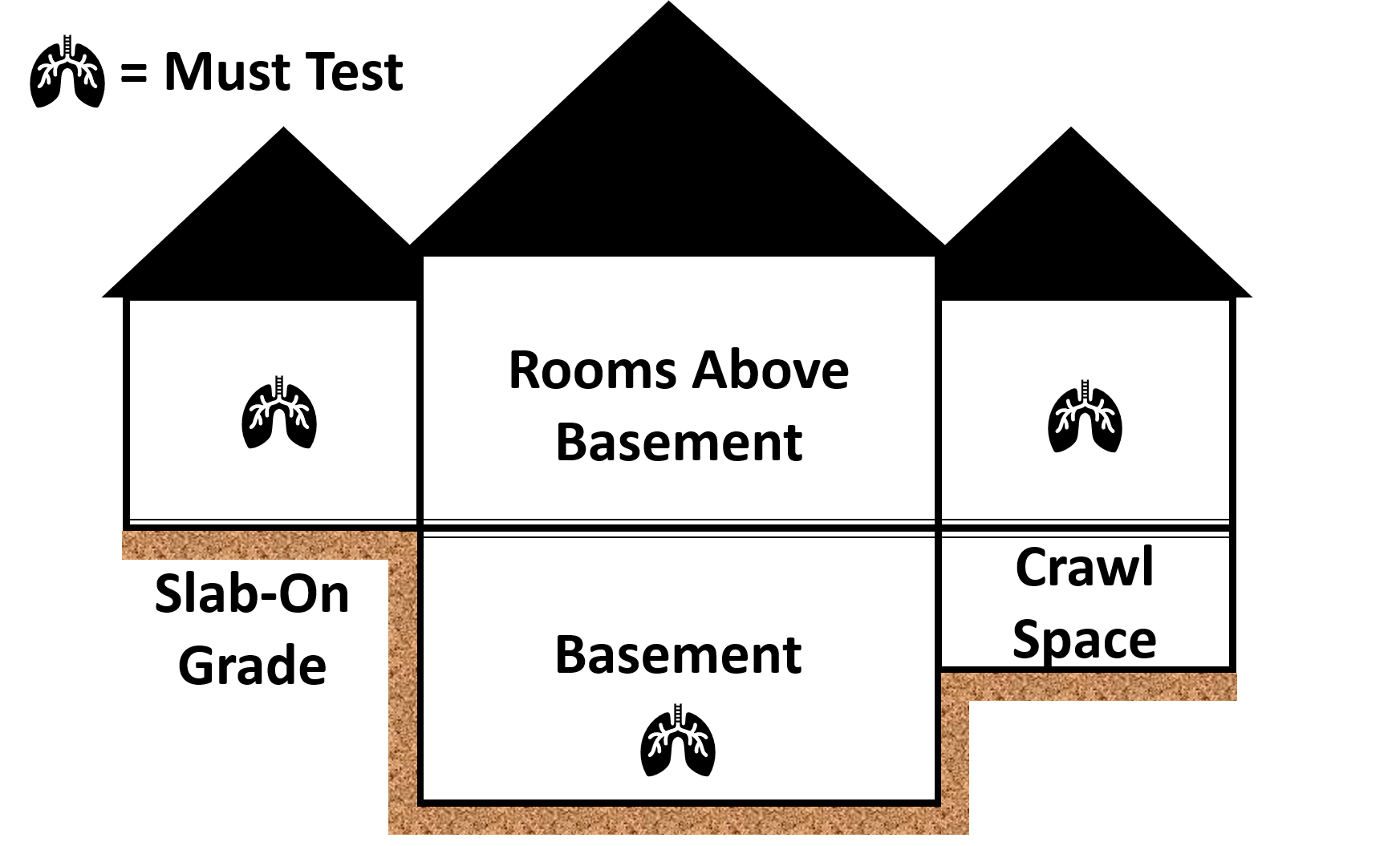What is radon gas? Is it dangerous?
Is radon really bad for you?
Breathing radon over time increases your risk of lung cancer. Radon is the second leading cause of lung cancer in the United States. Nationally, the EPA estimates that about 21,000 people die each year from radon-related lung cancer. Only smoking causes more lung cancer deaths.
The very first step in reduction is examining https://www.liveinternet.ru/users/dunedaport/post473984228/ to see if the indoor-air and/or domestic water radon concentrations must be lowered. The World Health Company's International Radon Project has actually recommended an activity level of 100 Bq/m3 (2.7 pCi/l) for radon airborne.

As uranium concealed in clumps of dirt as well as pebbles break down with time, radon gas is released as part of the contaminated decay. Once it's without the dirt, it has numerous courses to go into the typical house via splits in the structures, spaces in very first floor as well as basement walls, joints around windows, as well as various other similar openings.
Is radon mitigation really necessary?
When radon gas enters the body, it exposes the lungs to small amounts of radiation. In small quantities, experts say this is harmless. However, in persistent exposures or larger quantities, radon can damage the cells of the lining of the lungs, increasing a person's chance of developing lung cancer.
EPA prohibited ground degree discharge of radon largely because of the capacity for re-entrainment of the gas into your house and also due to the possibility of children being exposed to high radon levels. The focus of radon gas at the discharge point can be tens of thousands of picocuries per minute.
- Your risk of lung cancer cells raises significantly with direct exposure to greater radon levels.
- Radon gas is a naturally-occurring by-product of the contaminated decay of Uranium in the soil.
- Depending on your geographic area, the radon degrees of the air you take a breath outside of your house may be as high as 0.75 pCi/L.
- The United States EPA has placed it clearly, mentioning, "Any radon direct exposure has some risk of triggering lung cancer cells.
Individuals who smoke or used to smoke have an also better opportunity of developing lung cancer if they are subjected to radon. You might just consider what you're revealed to outdoors when you believe about contamination. However interior air top quality in your house issues, too, as well as it can be majorly impacted by the presence of a radioactive gas called radon. This gas can accumulate to harmful levels and also boost your danger for developing lung cancer cells-- also if you do not smoke, according to the American Lung Organization.
Believing you stay in an area not impacted by radon is just one of the misconceptions about this dangerous gas. We reviewed all material related to radon on state government Internet site utilizing a standard data collection kind.
How long does it take for radon to cause cancer?
Fact: You will reduce your risk of lung cancer when you reduce radon levels, even if you've lived with an elevated radon level for a long time. Keep in mind that radon levels below 4 pCi/L still pose some risk and that radon levels can be reduced to 2 pCi/L or below in most homes.